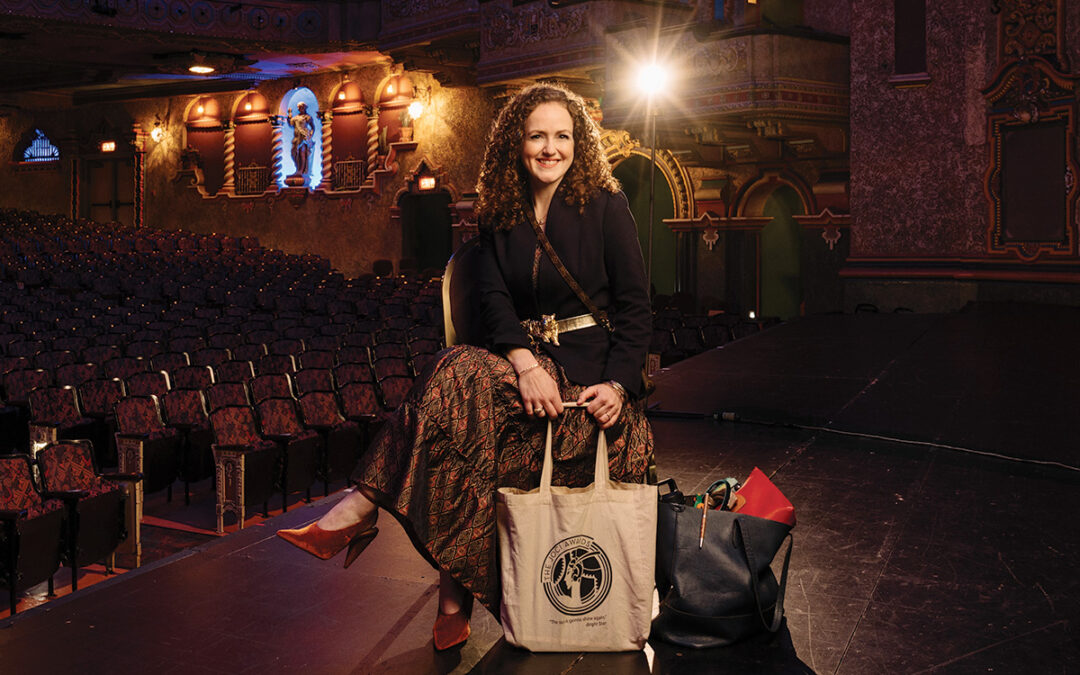How about those lashes?

Well, the most popular look seems to be long and voluptuous. This look can be accomplished in several ways. You can choose from an array of fake eyelashes. There are mink ones, thick ones, thin ones, extra long, extra thick, individual lashes and sections of the whole lash area. There are serums you can use to grow longer eyelashes. You can also invest in professionally applied eyelash extensions. There are mascaras claiming they will not clump or smudge; some are waterproof; some are colored; some will condition lashes; and some are just clear.
One professional said in a recent interview that “there’s nothing worse than a false lash done wrong,” and that “black-black mascara is the go-to color for everyone.” You can tint your lashes, or perm them or use a good eyelash curler — if you know how to use it properly. If not, there’s a new product on the market considered to be state-of-the-art, and it’s said to actually do what it is supposed to do. It is the L’Oreal Butterfly Brush — an angled wand that literally separates each individual lash, to extend and shape your lashes into the perfect winged-out, feathered look we all crave. And there are those jewels you can apply to really jazz things up.
NAILS, TOO, HAVE BECOME POPULAR AS AN ARTIST’S CANVAS
You can go bold, using brighter, shinier versions of blues, greens, purples, hot pinks. Pastels are hot as shades of nail polish. However, they are deeper versions of sapphire, aqua, yellow and pinks, not the transparent kind we’re used to seeing. According to research, we here in San Antonio prefer turquoise, purple and sky blue for our nails. Many polishes are enhanced with properties that add protection, like lacquer, to prevent chipping and to last longer. Glitzy nails are all the rage — day or night — along with do-it-yourself nail decorating. Paint designs and color blocks dazzle your nails with metallic paints or match your clothing. Nudes are not nude — they’re buttercup or yellow gold, a more beige transparent look, instead of just clear or pinkish. White nails are popular and great for decorating. Iridescent and sparkles are included in polishes. You can add your own bling over your choice of color of polish, using Swarovski crystals or appliques, some looking like gold fishnet stocking patterns.
PERMANENT COSMETICS
Or, as one local permanent cosmetic professional calls his business, “Wake up made up.” Permanent makeup is considered a permanent tattoo, which replaces the cosmetics used for the eyebrows, eyeliner, lips and lip liner, eye shadow and blush. It is, therefore, smudge-free. These permanent cosmetics can also be used to cover scars and skin pigmentation problems and create aureoles after breast surgery and are a boon for those who suffer from poor eyesight or are unable to apply conventional cosmetics because of arthritis or other health problem. Almost everyone is a candidate for permanent makeup. It can be a time-saver, a money-saver, or perhaps even a marriage-saver! How about all that space you’ll gain in purses, drawers and cabinets?
QUESTIONS ABOUT PERMANENT COSMETICS
Q. DOES IT HURT?
A. I would be lying if I said there will be no pain during the process, especially at the more
sensitive areas — like the lips. However, there
is some numbing cream that helps.
Healing doesn’t take long at all.
Q. WHAT IS INVOLVED IN THE PROCEDURE?
A. Just as in any tattoo procedure, pigment will be implanted in the dermal layer of the skin, using special inks and equipment designed
just for this purpose.
Q. WHAT IS THE COST?
A. Nationally, costs run around $250-700,
depending upon the procedure(s). Look for local ads or check in the telephone directory
or online to contact professionals directly about costs, services, procedures and payment plans. Note: “Cheap” procedures may apply
to someone inexperienced, working in the
back of a hair or nail salon.
Q. HOW PERMANENT IS PERMANENT?
A. Just as with a tattoo at a parlor, it should last a lifetime, although you may need or want touch-ups over the years.
Q. WHAT DO I LOOK FOR IN A PERMANENT COSMETIC PRACTITIONER?
A. Seek out an experienced professional, an
expert, someone who has proven artistic
ability. He or she should be board certified (D.A.A.M. or F.A.A.M.) and possibly have a
secondary certification (C.P.C.P.).This will give you a way to find a most qualified technician/ artist. Of course, word-of-mouth from happy
consumers who look great also might work!
Q. WHAT ARE THE RISKS?
A. Infections or serious illness (HIV, hepatitis) from unclean tools, products or practices. Skin problems such as rashes caused by allergic
reaction to ink (there’s a test you can have
before you start) or possibly increased chance of sunburn, redness, bumps or scarring. Swelling or burning around the tattoo when undergoing an MRI test. This is rare and
short-lived. Just inform the radiologist or
technician that you have tattoos.









0 Comments